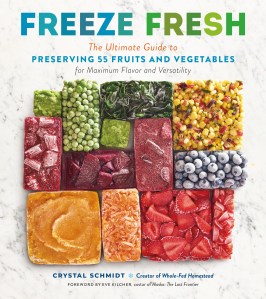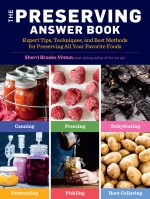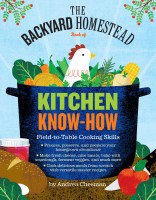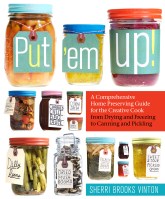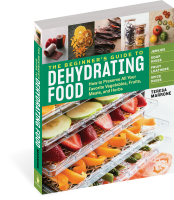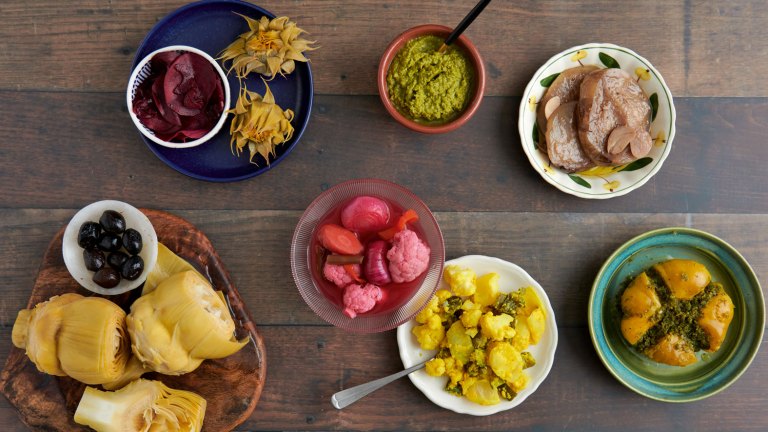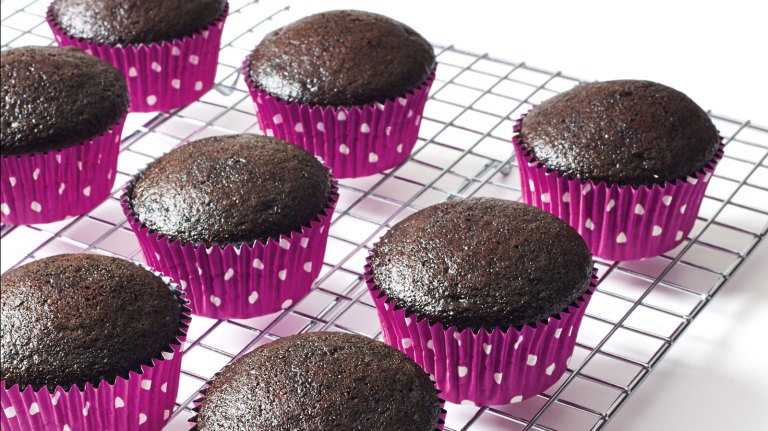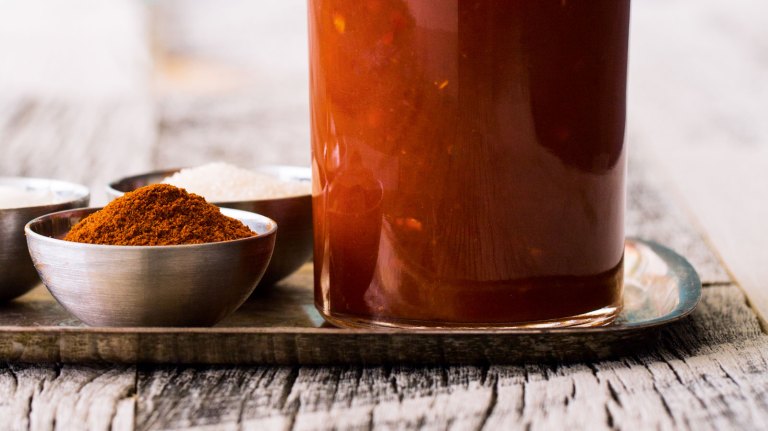How to Freeze Zucchini and Other Summer Squashes
Baskets of fresh zucchini are a gift – not a burden – with these three preserving techniques from Crystal Schmidt’s Freeze Fresh.
Come late summer, gardeners everywhere joke about sneaking bags full of zucchini into unlocked cars at the grocery store… but don’t worry, it doesn’t have to come to that! There are many creative ways to preserve a surplus of zucchini and other types of tender summer squash, such as yellow varieties and even pattypans. Follow these techniques for freezing and cooking with summer squash and you’ll soon learn that there’s no such thing as too much garden-fresh zucchini.
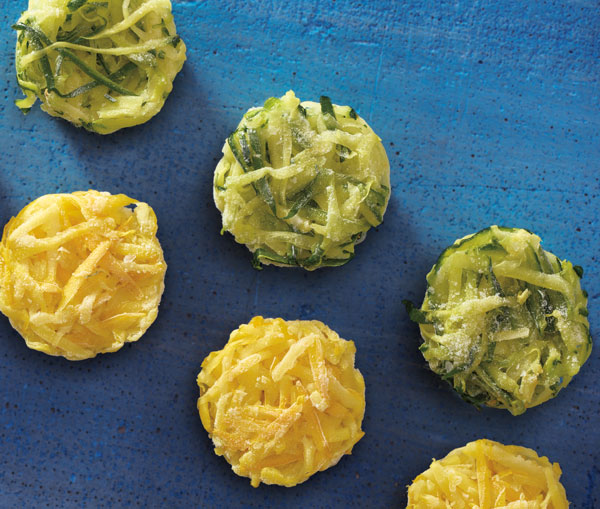
Freezing Shredded Zucchini
Shredding is a handy way to use up large or overgrown zucchini. Shredded zucchini is versatile and can be added to just about anything you can dream up. Of course, there are classic baked goods such as zucchini bread, but shredded zucchini is also useful for adding extra veg to dishes like chili, meatloaf, eggs, oatmeal, blended soups, and even pancakes. You can apply this technique to other types of summer squash too.
Prep. Use a box grater or food processor with a shredding disc attachment to shred zucchini. If the zucchini is more than 2½ inches in diameter, cut it in half and scoop out the soft, spongy center before shredding. Shredded zucchini does not require blanching.
Freeze. Shredded zucchini packs well in freezer bags or rigid containers. Consider freezing ½-cup portions in a silicone muffin pan.
It’s a good practice to measure shredded zucchini before freezing it and to write the amount on the freezer container. Once thawed, it will be difficult to accurately measure. If you have a favorite zucchini recipe, freeze shredded zucchini in the amount that it calls for to make baking easier.
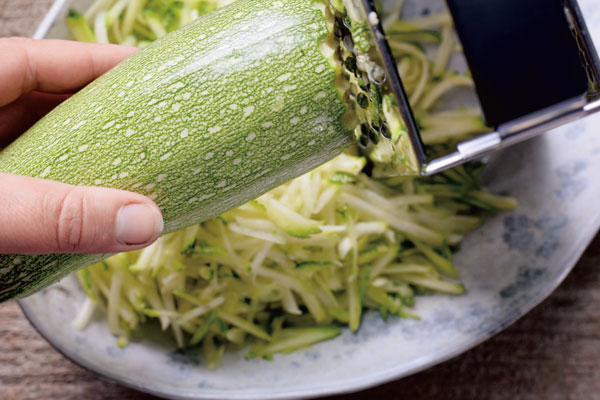
Cooking & Baking with Frozen Shredded Zucchini
Thawed zucchini will release a lot of liquid, which can affect how your recipe turns out. I wish there were a straightforward answer on how to deal with this issue. Whether or not to drain this extra liquid depends on what you’re making, and finding the best approach might require trial and error.
Baked goods. I find that draining some of the liquid—up to half of it— works well for most baking recipes.
Soups and sauces. Liquid from thawed zucchini does contain nutrients, so in recipes where a little extra liquid won’t hurt, I don’t drain the zucchini before adding it.
Savory dishes. There are some instances where draining away all of the liquid is beneficial, as with meatballs, meatloaf, fritters, and quiche.
Freezing Summer Squash Chunks
It seems like either you love frozen zucchini and other summer squash or you don’t. I used to be in the latter camp until I figured out how to freeze these ingredients properly and which dishes they work best in. Hint: soup!
A hidden talent of frozen summer squash is adding bulk and nutrients to smoothies. Use chunks of frozen squash instead of ice cubes. When blended with bold flavors such as strawberries, blueberries, or chocolate, the squash all but disappears.
Prep. Use smaller, tender summer squash if the intention is to cook with it, and large, overgrown ones for smoothies. Cut squash in half lengthwise, then slice into 1-inch pieces. If the squash is more than 2½ inches in diameter, scoop out the soft, spongy center before slicing.
Blanch. Steam blanch for 4 minutes, tossing the squash around at the 2-minute mark. No ice bath is needed. Drain as much water as possible, then spread out the warm squash on a towel-lined pan to cool and dry.
Freeze. Squash chunks pack best in freezer bags. Consider flash freezing squash to use in smaller quantities.
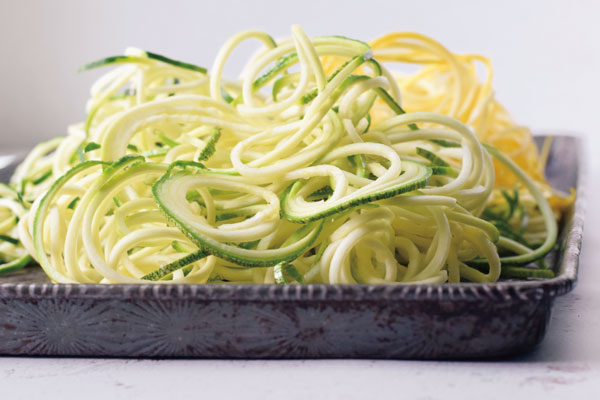
Freezing Zucchini Noodles, or “Zoodles”
Zoodles freeze perfectly, and I think they are better frozen-thawed than fresh! The process of blanching wilts and softens the zucchini, and once thawed, all they need is a quick sauté. Use zucchini noodles as a vegetable alternative to traditional pasta. Zucchini isn’t the only summer squash you can make into noodles—try using yellow varieties too!
Prep. Making zoodles requires a gadget that will “noodle” them. There are different options available for this; the brand I use is called Spiralizer. A straight, medium-sized zucchini works best for turning into noodles.
Blanch. Steam blanch the zucchini noodles for 3 minutes, tossing them around at the 90-second mark. No ice bath is needed. Drain as much water from the zoodles as possible, then transfer to a towel-lined pan to dry.
Freeze. Zucchini noodles pack best in freezer bags.
Heat. Thaw zucchini noodles in the refrigerator overnight, then drain away any excess water. Heat a small amount of oil in a skillet over medium heat, add the zoodles, and sauté, stirring frequently until heated through, 2 to 3 minutes. Do not overcook.
